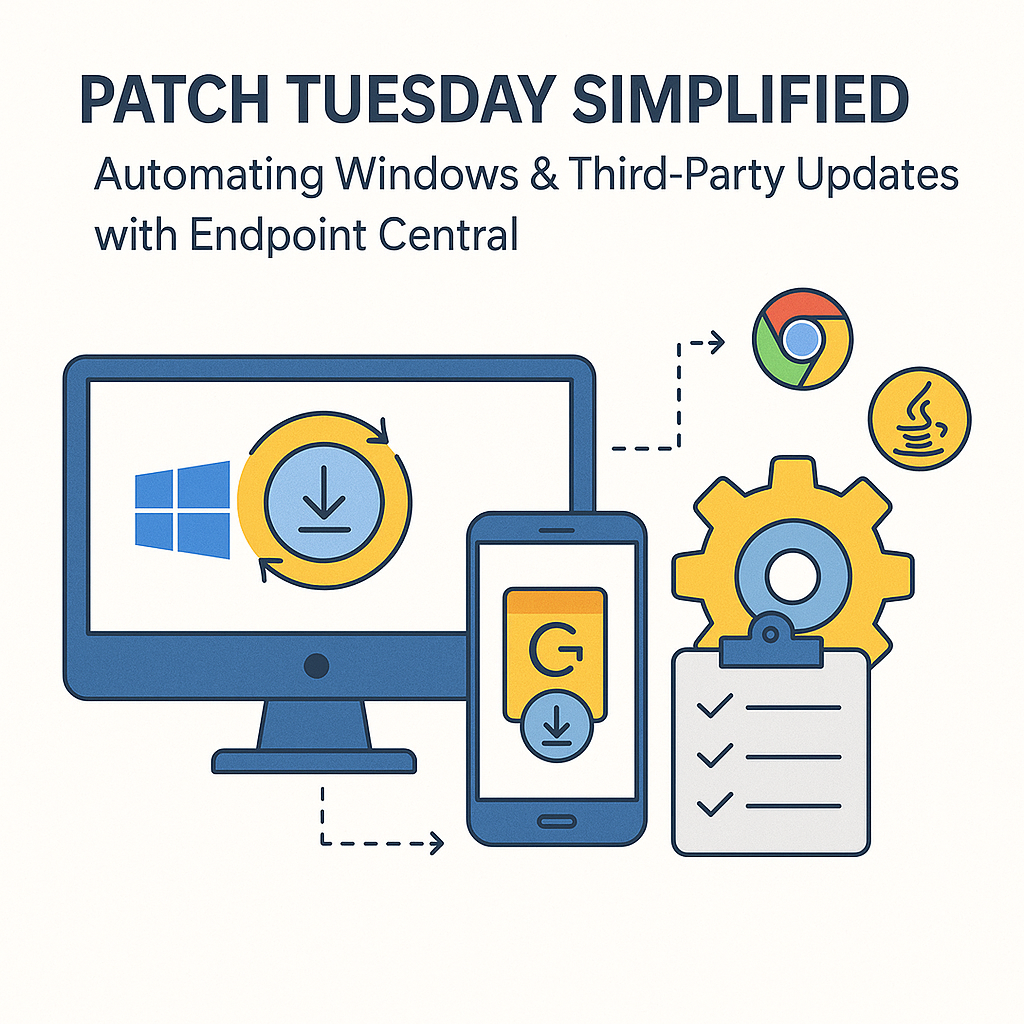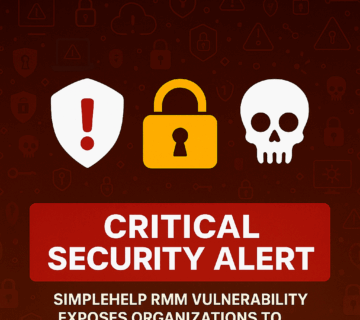
HackGPT Brings AI-Powered Penetration Testing to Enterprise Security Teams
HackGPT Enterprise, a cloud-native platform that utilizes sophisticated AI and machine learning, including models like GPT-4, to automate and accelerate enterprise-level penetration testing workflows. The platform significantly differentiates itself from traditional manual security testing by handling reconnaissance, scanning, and exploitation phases using a structured methodology, while also featuring compliance mapping to frameworks like NIST and PCI-DSS and advanced security controls like role-based access. Additionally, the text introduces Technijian, an Irvine-based Managed IT Services provider that offers expertise in deploying, configuring, and operating HackGPT and similar advanced cybersecurity solutions for businesses across Orange County and Southern California. The overall theme emphasizes the transition from manual to AI-powered security assessments and the importance of professional partners in implementing these complex systems. ... Read More

